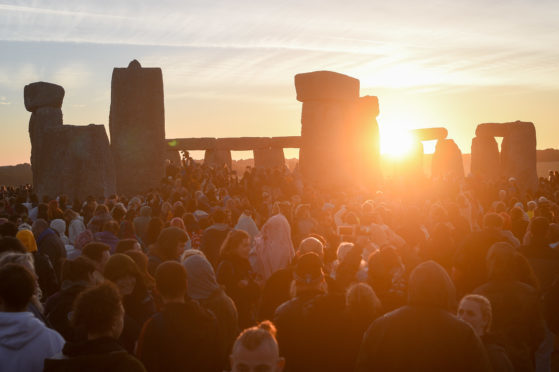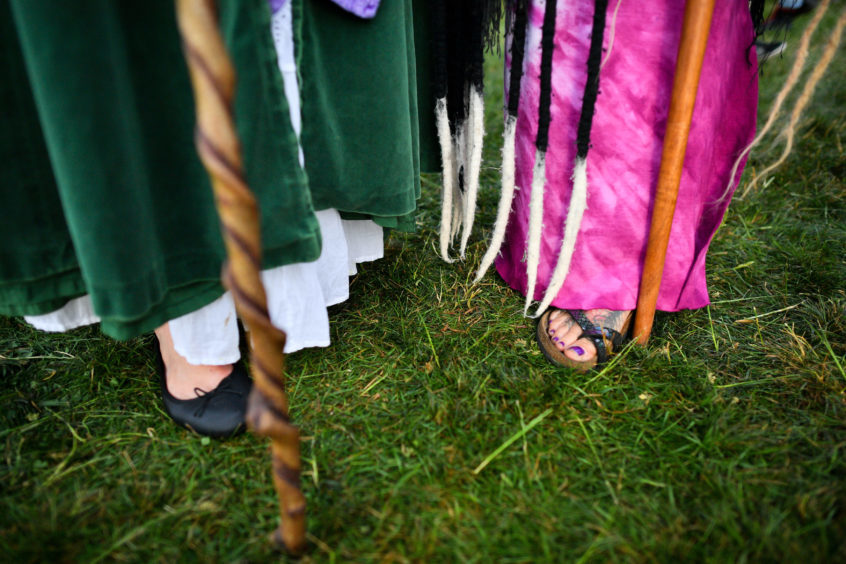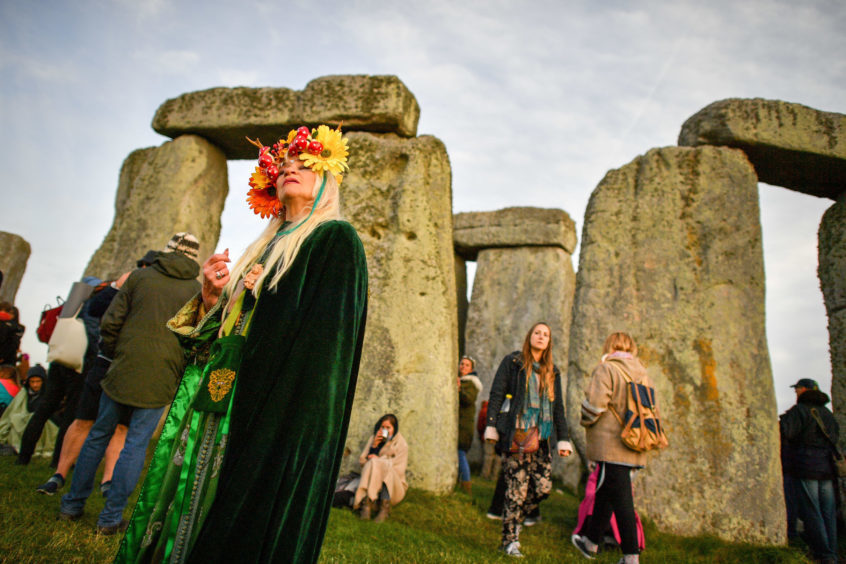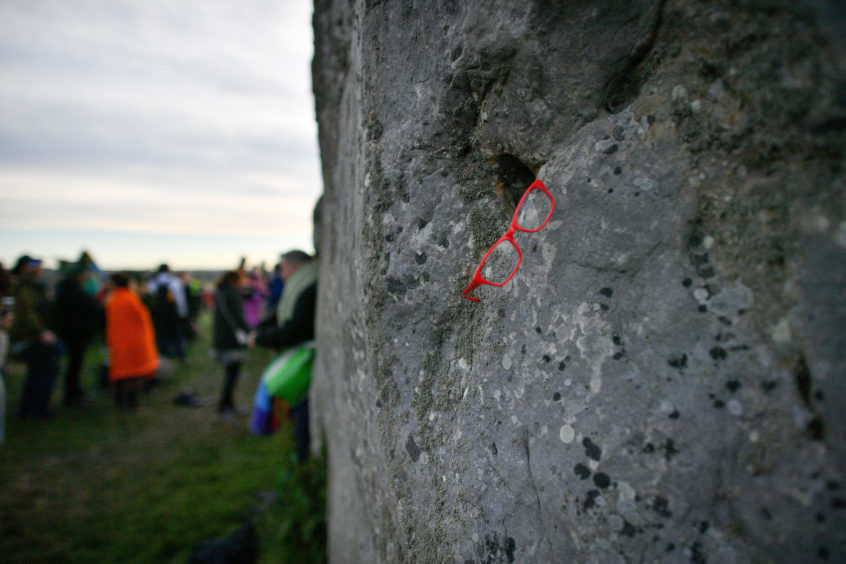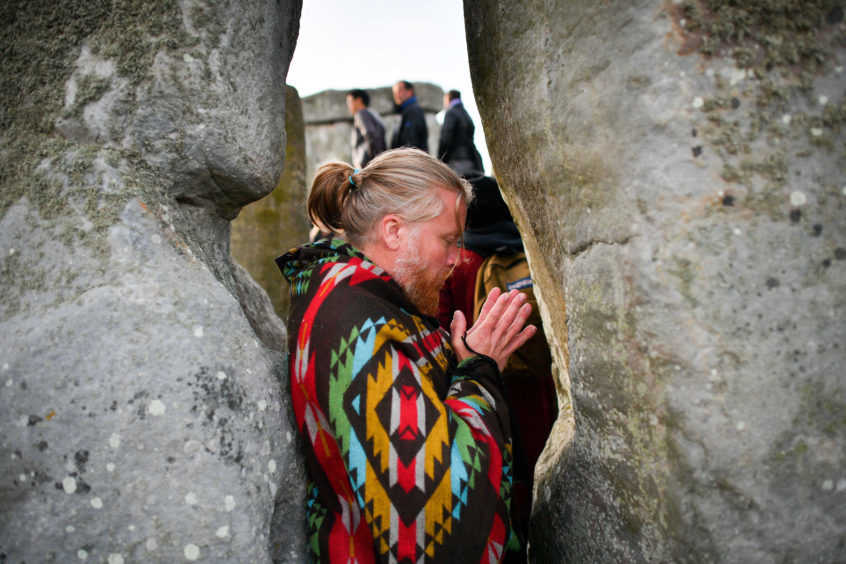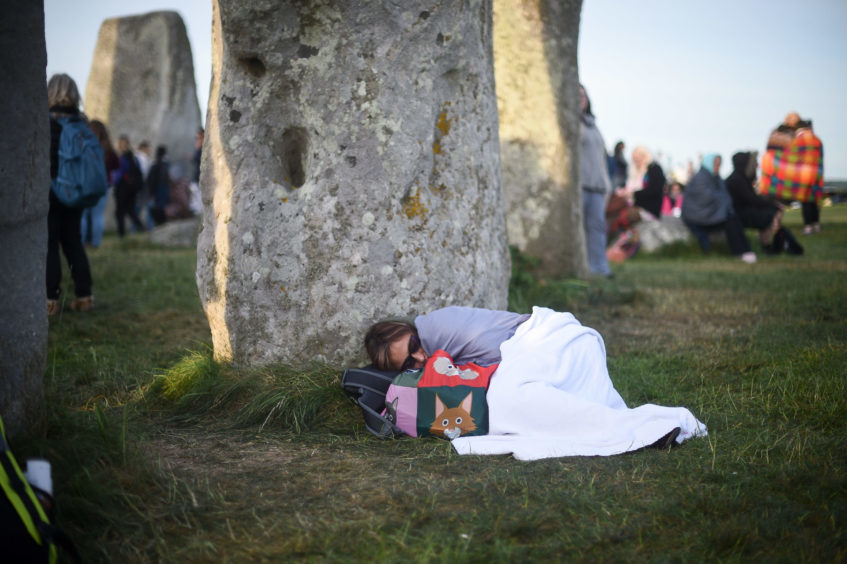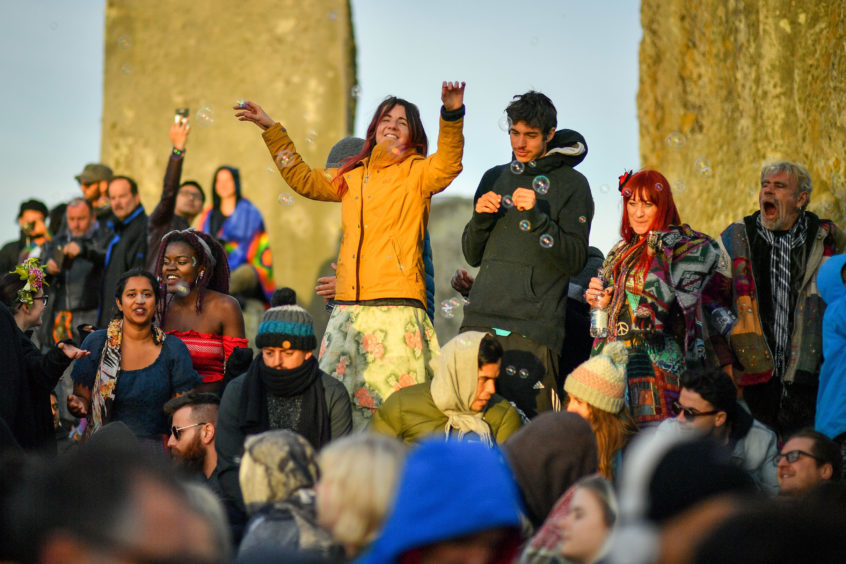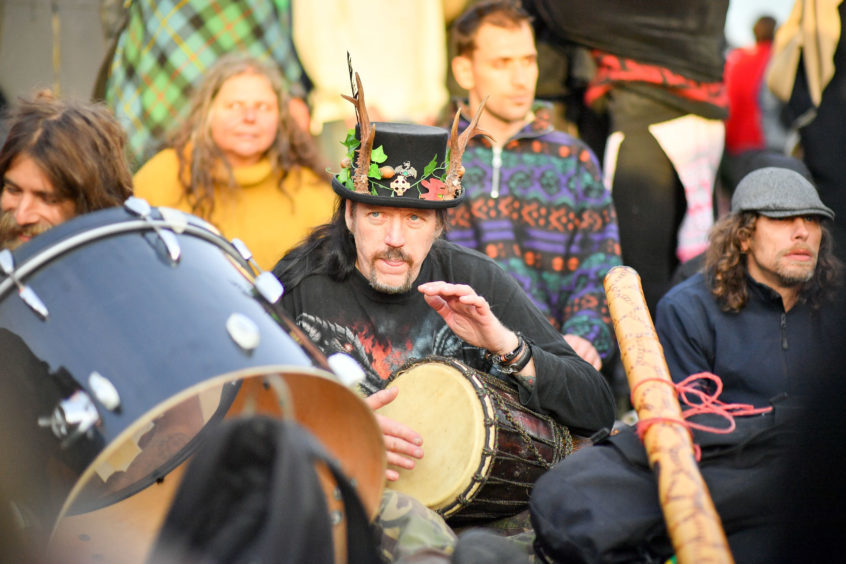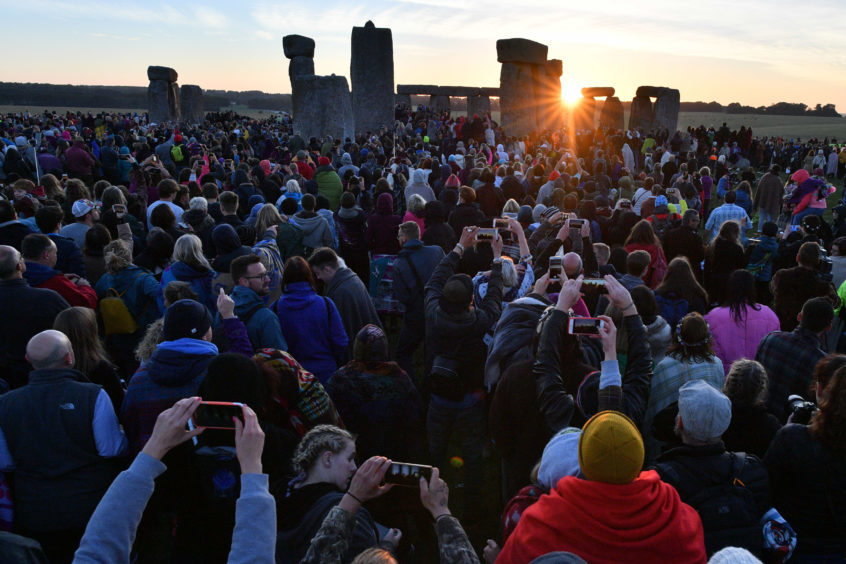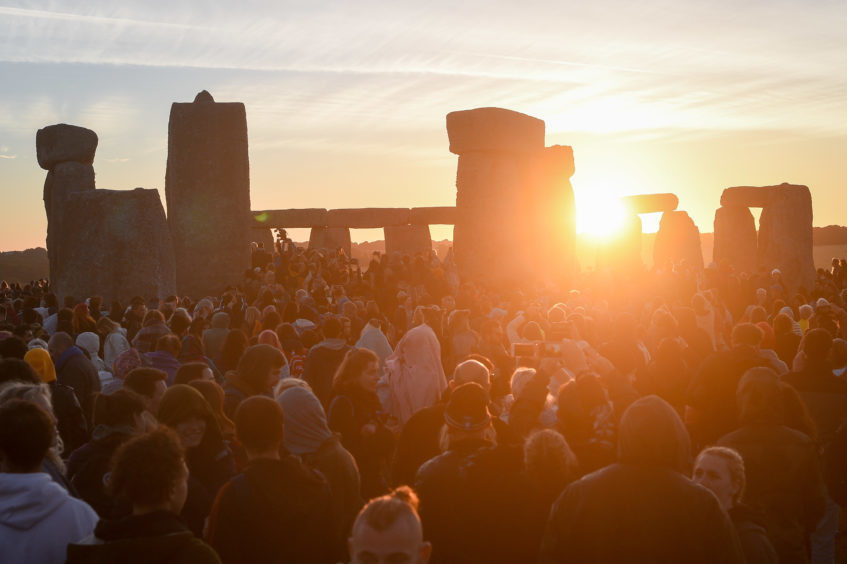Today marks the summer solstice, the longest day of the year and the official start of summer.
That means that it is the day when the tilt of the Earth’s axis is most inclined towards the sun, directly above the Tropic of Cancer.
Here are six facts you might not know about the summer solstice.
1. It doesn’t always happen on the same day every year
It always occurs between June 20 and June 22 but as the calendar doesn’t exactly reflect the Earth’s rotation, the precise time is different each year.
2. For more than a decade, violence marred the summer solstice gathering at Stonehenge
The annual pilgrimage to Stonehenge on the longest day of the year has occurred for years, but despite its current reputation as a peaceful, spiritual event, that was not always the case.
These days, families can mingle peacefully among the celebrations without a problem but back in 1985, tensions were high.
As the gallery below shows, thousands turned up today to the annual tradition in Wiltshire.
The events of that year are still hotly disputed but the revellers trying to reach the ancient monument that day say they were rushed by police officers in full riot gear.
The previous year, a High Court injunction preventing the gathering was sought by the authorities, it was said that the festival was seen as a drain on the local police’s resources.
3. The winter solstice is the exact opposite
The winter solstice, which will happen on December 21 this year, always occurs on either December 21 or December 22.
The Earth’s axis is tilted furthest away from the sun at the official start of winter for the northern hemisphere.
4. An alternative calendar with an extra month was named after the solstice
To create a system where every month was the same length, a British accountant by the name of Moses B. Cotsworth tried to implement a new calendar of 13 months split into even four-week segments.
That meant he needed to add an extra month to the year, which was inserted between June and July and called Sol because the summer solstice would always fall during the month.
A few companies, including the Eastman Kodak Company, did adopt the calendar but it never really caught on.
5. There are decades between solstices on some planets
Because of Uranus’s 98-degree axial tilt and the fact it takes approximately 84 years to complete one rotation of the sun, the seasons are incredibly long there.
The last summer solstice in the planet’s northern hemisphere happened in 1985 and the next winter solstice isn’t estimated until 2030.
6. The Arctic Circle is in sunlight for 24 hours today
Tourists flock north every June solstice to see the sun at midnight, marking 24 straight hours of sunlight.
Conversely, it endures a full day of darkness during the winter solstice.
